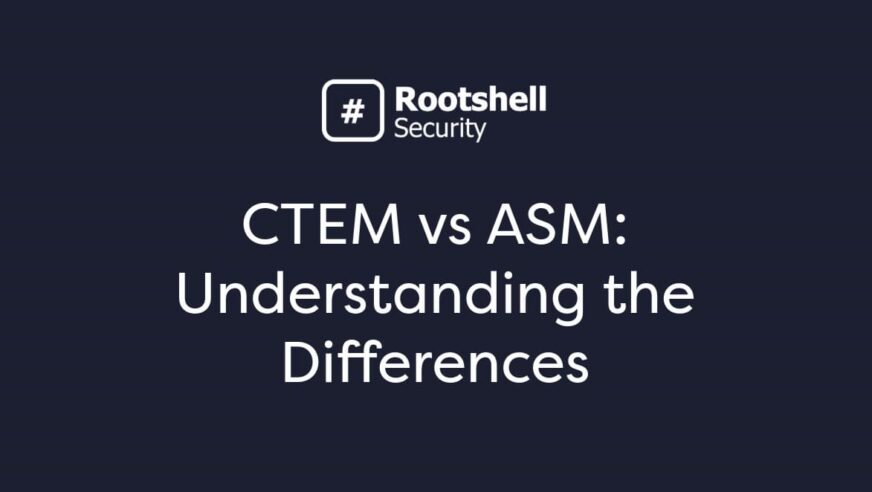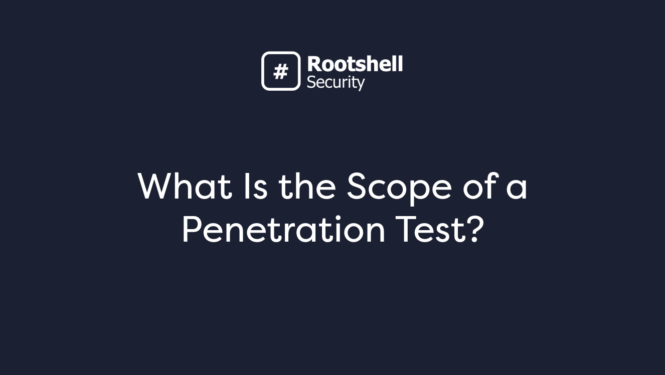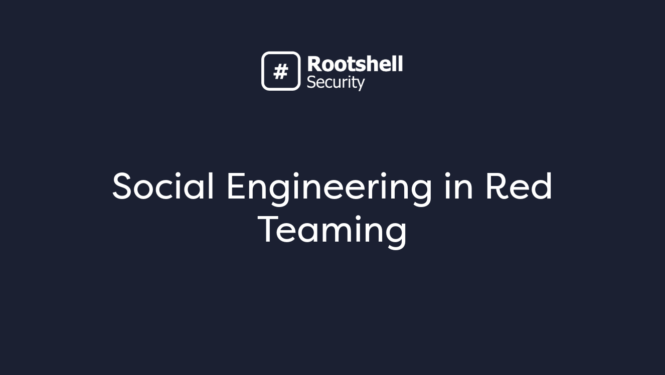It is widely recognized that the range and severity of cyber threats are growing. But does your organization have a security solution in place to stay protected? According to PwC, many security leaders feel unprepared to tackle the most serious threats, including hack-and-leak operations and attacks on third-party products.
In this context, CISOs must identify the right approach to keep their organization safe as the threat landscape changes. However, in a market that offers a range of competing (and often overlapping) cyber security strategies, it can be difficult to identify which approach best fits your needs.
In this post, we’ll compare and contrast two key cyber security solutions – Continuous Threat Exposure Management (CTEM) and Attack Surface Management (ASM). We’ll look at how each of them contributes to a robust security posture and help you identify which is the right fit for your business.c
CTEM vs ASM: A Comparison
Continuous Threat Exposure Management (CTEM) and Attack Surface Management (ASM) are both systematic and coordinated approaches to mitigating cyber security risks. But while they have much in common and overlap in certain areas, it’s important to understand the difference between the two – particularly when it comes to finding the right approach for your organization.
- Attack Surface Management (ASM) focuses on identifying, mapping and monitoring all the potential entry points into your systems. It involves discovering your organization’s assets, scanning them for vulnerabilities, and ensuring your security measures can adequately protect you from potential threats. Ultimately, the aim is to help you proactively identify risks and minimize the likelihood of a security breach.
- Continuous Threat Exposure Management (CTEM) is a holistic, risk-based approach to cyber security. It incorporates both asset discovery and vulnerability management, alongside comprehensive threat testing and validation procedures. It aims to provide a full end-to-end security solution that aligns with your business priorities and risk tolerance.
As you can see, while CTEM and ASM have a shared goal, they take different approaches. ASM is more concerned with mapping your attack surface and maintaining visibility over time, ensuring that you are not at risk from unknown assets or hidden vulnerabilities. CTEM, on the other hand, incorporates ASM into a broader approach that aims to thoroughly test and verify all potential vulnerabilities and match your security efforts to your business needs.
In the table below, we’ve contrasted the key aspects of the two solutions. Read on further below for a more in-depth breakdown of each and a fuller overview of which is best suited for your organization.
Continuous Threat Exposure Management (CTEM) | Attack Surface Management (ASM) |
A comprehensive, end-to-end approach to cyber security, combining ASM, vulnerability management, threat intelligence, and risk analysis. | A solution focused on identifying, mapping, and monitoring your organization’s attack surface. It prioritizes asset discovery and vulnerability identification. |
Takes a holistic approach to evaluating risks in the broader business context. | Relies on standardized risk scoring metrics such as CVSS. |
Utilizes sophisticated validation strategies, including pen testing and red teaming. | Focuses on discovering security gaps and may not always include validation. |
Requires cross-team collaboration and substantial resource investment to implement effectively. | Requires fewer resources and can be implemented by your security team in isolation. |
Suited for organizations with a high level of maturity in their cyber security operations. | Appropriate for organizations looking to expand and formalize their security efforts. |
What is ASM?
ASM is a cyber security solution that aims to give you full visibility over potential points of attack. It includes the following components:
- Asset discovery. ASM maps out all of your organization’s assets, including cloud, on-prem and third-party resources, to minimize the threat posed by shadow IT and other hidden vulnerabilities.
- Vulnerability assessment. Potential points of entry into your systems are identified and categorized on a continuous and real-time basis, helping you to map out the paths attackers could take and proactively identify emerging threats.
- Risk scoring. Vulnerabilities are assessed according to the potential severity, helping you to allocate resources effectively and prioritize the most critical issues.
- Remediation. With up-to-date information about key vulnerabilities in hand, your security team can prioritize their remediation efforts effectively.
- Continuous monitoring. Your attack surface is actively monitored on an ongoing basis, ensuring that you retain full visibility even as your digital capabilities grow.
ASM is an essential way for organizations to monitor their attack surface. It helps to identify and solve gaps in your cyber security efforts, though it lacks the broader scope and integration offered by CTEM.
Benefits of ASM
- Improved visibility. Your organization will have a complete, up-to-date picture of its digital footprint, reducing blind spots.
- Proactive risk monitoring. With continuous vulnerability scanning, you can identify potential points of entry and remediate them effectively.
- Enhanced compliance. Stay abreast of evolving regulatory requirements, such as the EU’s Digital Operational Resilience Act (DORA).
- Efficient resource allocation. By prioritizing the most critical vulnerabilities, you can make the most effective use of your security team’s time.
- Effective incident response. With a clearer sense of potential attack vectors, your response strategies can be effectively tailored to specific breach scenarios.
Limitations of ASM
- Lack of validation. While ASM can identify vulnerabilities and assess their severity in theoretical terms, it cannot validate them in real-world attack scenarios.
- Less holistic. ASM is not designed to take your broader business context into account, including your cyber security goals and the relative importance of specific systems to your business operations.
- Not always continuous. While leading vendors usually offer Continuous Attack Surface Management approaches, traditional ASM implementations may lack a real-time component.
Find the Right Security Solution with Rootshell
It can be difficult to choose the appropriate cyber security approach for your organization. While more advanced solutions offer greater protection against the latest threats, they could also impose outsized demands on your security team. If you don’t have the right level of resource and maturity to implement it effectively, even the most cutting-edge solution won’t benefit your organization.
At Rootshell, we offer bespoke security programs tailored to your business needs. Whether you’re looking for an advanced CTEM implementation that integrates a full range of cyber security approaches or a cost-effective ATM solution, Rootshell can help. The Rootshell Platform offers a suite of powerful features designed to streamline your security operations and minimize the risk of breaches.
For a guided tour of the Rootshell Platform with one of our experts, book a demo today.



